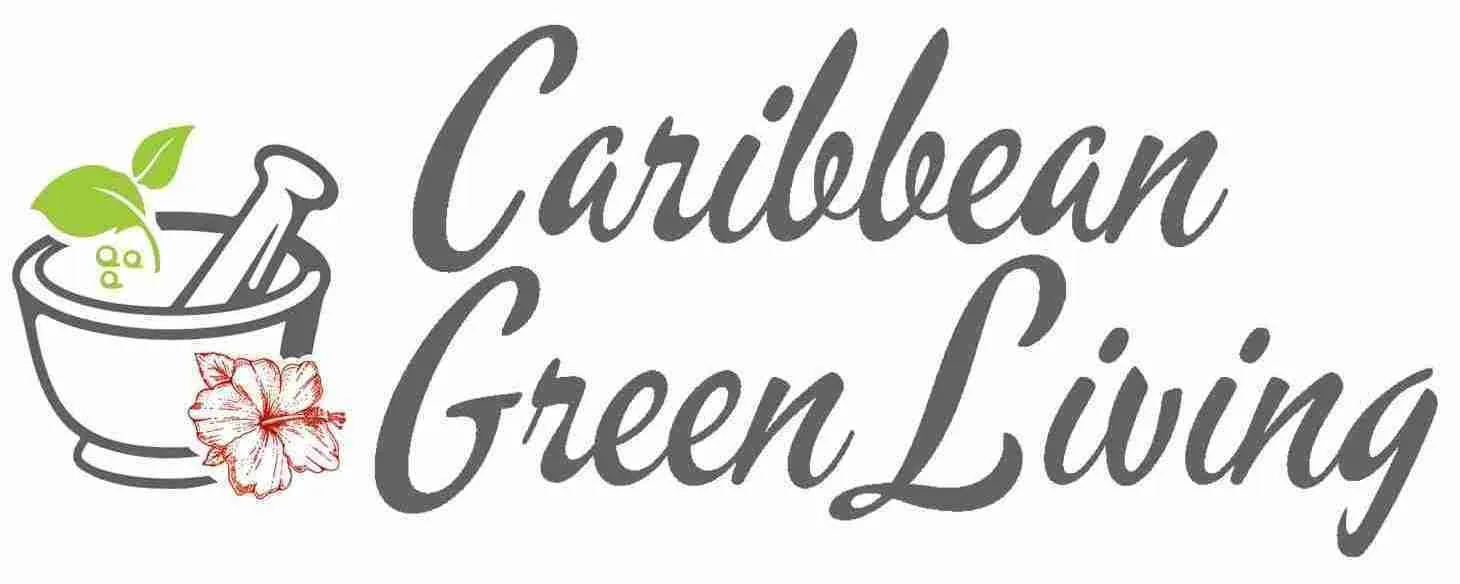Haitian Pain Patate: A Sweet and Soulful Treat
If you’ve never tasted Haitian Pain Patate—aka sweet potato bread—get ready to meet your new favorite comfort dessert. This isn’t your typical banana bread or sweet potato pie. Pain Patate is a dense, moist, flavor-packed slice of Haitian tradition, often passed down from generation to generation and lovingly made during holidays and family gatherings.
You’ll need a little patience, a whole lot of love, and ideally a food processor (unless you’re feeling like going full old-school with your box grater). But the result? Absolutely worth it.
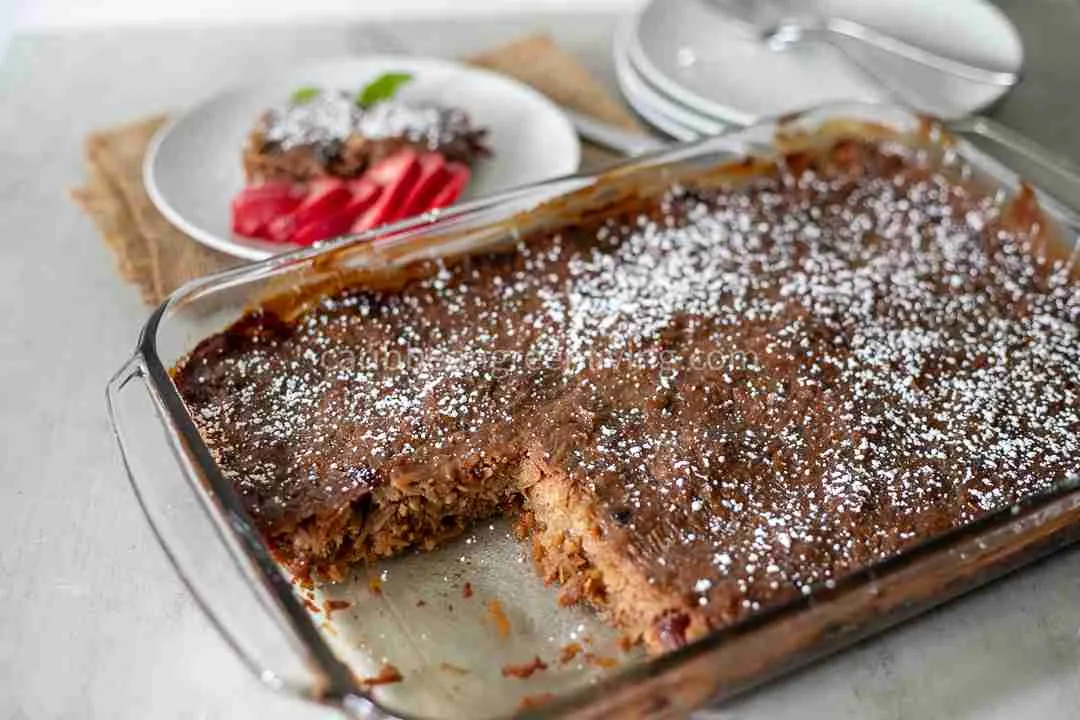
Why I Love Pain Patate (And Why You’ll Love It Too)
Let me keep it real—Pain Patate is more than just a dessert to me. It’s a bite of nostalgia, a symbol of family traditions, and a reminder that the best recipes don’t need to be fancy—they just need heart.
There’s something deeply comforting about this dish. It’s soft and creamy, perfectly sweet with warm spices, and just rich enough to feel indulgent without being over the top. Every time I make it, I’m transported back to the days when my father would whip it up for family gatherings. The smell alone is enough to make you feel like you’re home, no matter where you are.
And here’s the bonus: sweet potatoes are full of health benefits. They’re loaded with fiber, antioxidants, vitamins A and C, and they help keep your blood sugar more stable than most traditional dessert ingredients. So yes, this treat is actually doing your body a few favors too—not just your taste buds.
But beyond nutrition, Pain Patate is the kind of dessert that hugs you from the inside out. Whether you’re enjoying it with a little fruit, a shot of Haitian Cremas, or just curled up on the couch with a warm cup of milk—it’s always satisfying.
So, why should you make it?
- Because you want something that tastes like home.
- Because you deserve a dessert that’s equal parts comfort food and Caribbean classic.
- And because once you taste it, you’ll wonder where this recipe has been all your life.
Go ahead, make a batch—you’re going to fall in love with every creamy, coconutty, sweet-spiced bite.
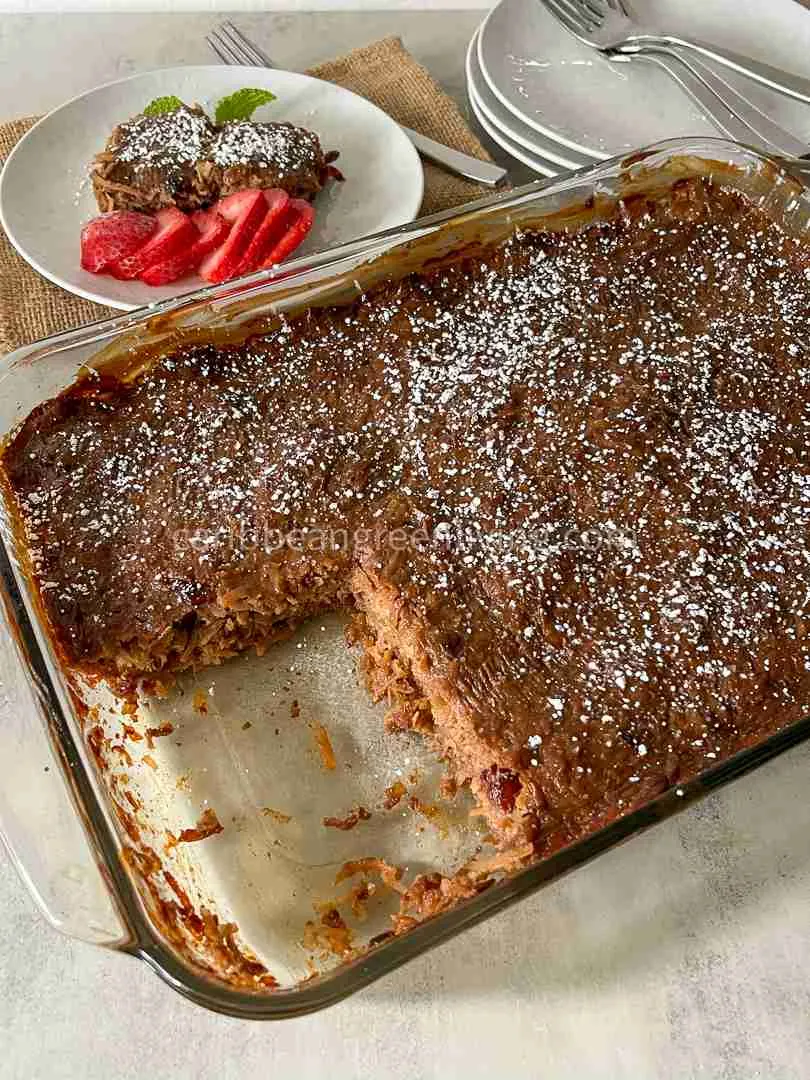
What Is Pain Patate?
Pain Patate is one of Haiti’s most beloved traditional desserts. It’s made with grated white sweet potatoes, freshly grated coconut, coconut milk, ripe bananas, and a blend of warm spices like cinnamon, nutmeg, and ginger. Think of it as a tropical spiced bread pudding with a dense, fudgy texture and a sweet, earthy flavor.
Served warm or at room temperature (bonus points for topping with whipped cream or ice cream), it’s the perfect treat when you want something nostalgic, comforting, and undeniably Caribbean.
Ingredients Breakdown: What Makes Pain Patate So Special
Let’s talk about the stars of the show. Every ingredient in Pain Patate isn’t just added for the sake of flavor—it plays a crucial role in creating the iconic texture and nostalgic taste of this classic Haitian dessert.
Here’s what each ingredient brings to the table:
- Sweet White Potatoes: These are not your orange-fleshed yams. Haitian Pain Patate calls for white-flesh sweet potatoes with reddish-purple skin, also known as patate or batata. They’re naturally sweet, starchy, and perfect for creating that thick, pudding-like base. Look for them in Caribbean, Asian, or Latin grocery stores.
- Fresh Grated Coconut: Fresh coconut is non-negotiable. It gives the bread that signature chew and richness you can’t get from shredded bagged coconut. The nutty flavor pairs perfectly with the sweet potatoes. Grate it by hand for authenticity—or use your food processor if you want to save your knuckles.
- Coconut Milk & Milk: Coconut milk deepens the tropical flavor and adds a creamy texture. Combine it with evaporated or whole milk for a richer texture. Want to go fully dairy-free? Use all the coconut milk. Just make sure it’s full-fat.
- Ripe Bananas: Bananas add natural sweetness, moisture, and a soft, smooth texture to the final bake. Use them when they’re spotty and ripe for the best flavor. It’s the kind of sneaky addition that makes the dessert ultra moist and tender.
- Sugar: Brown sugar, white sugar, or even organic sugar—choose your fighter. Brown sugar adds a slightly molasses-like depth, while white sugar maintains a neutral and classic flavor. Either way, it balances out the earthy sweetness of the sweet potatoes and the tangy citrus zest.
- Spices (Cinnamon, Nutmeg, Ginger): These are the soul of the dish.
- Cinnamon: Warm and comforting.
- Nutmeg: Earthy and complex.
- Ginger: Adds a little kick and balances the sweetness.
Together, they turn this bread into a Caribbean spice dream.
- Lime or Lemon Zest: A pop of citrus zest adds brightness and cuts through the sweetness. Lime is more traditional and gives that sharp, fresh zing you didn’t know you needed in a dessert.
- Raisins: These chewy little bursts of sweetness are traditional in Pain Patate. Black raisins are common, but golden raisins or even dried cherries can be used as an alternative if you want to switch things up. Totally optional, but definitely recommended.
- Butter: Butter adds richness, helps everything meld together, and gives the final bake that soft, melt-in-your-mouth feel. Want to go plant-based? You can sub with coconut oil, but you’ll miss the buttery depth.
- Salt & Vanilla Extract: Salt might be a tiny ingredient, but it’s everything. It sharpens all the sweet and spicy notes. Vanilla rounds everything out, bringing warmth and depth. Use pure vanilla extract if you can swing it.
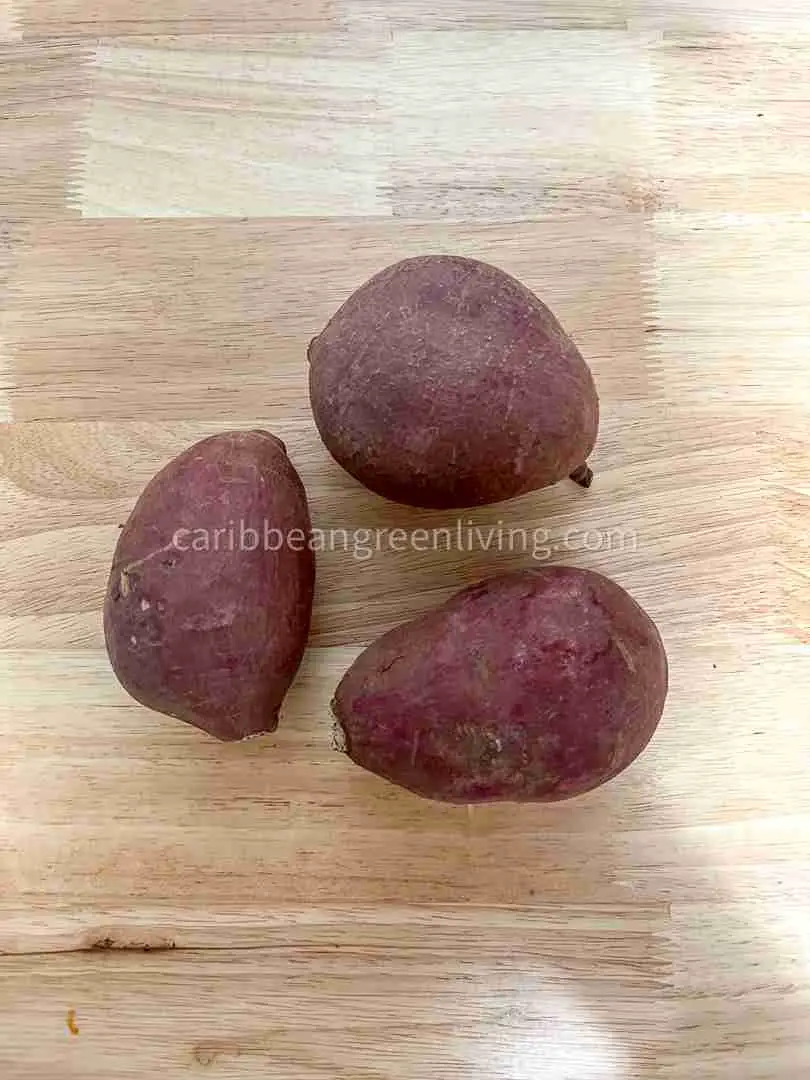
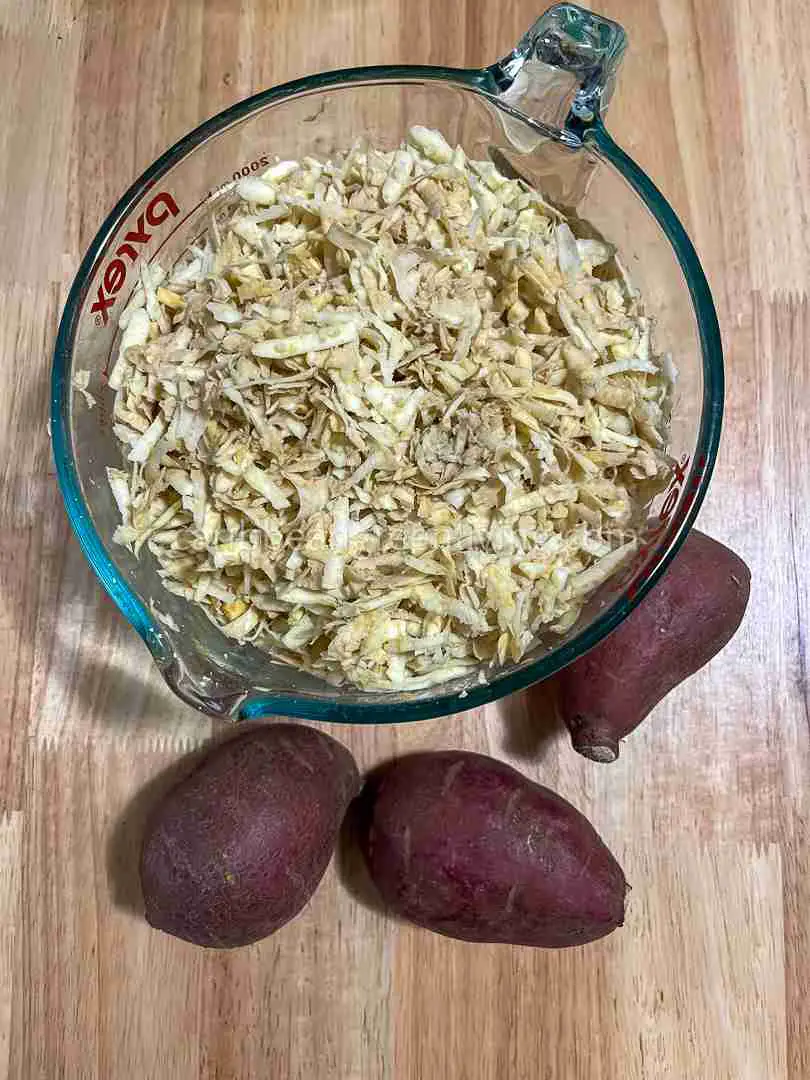
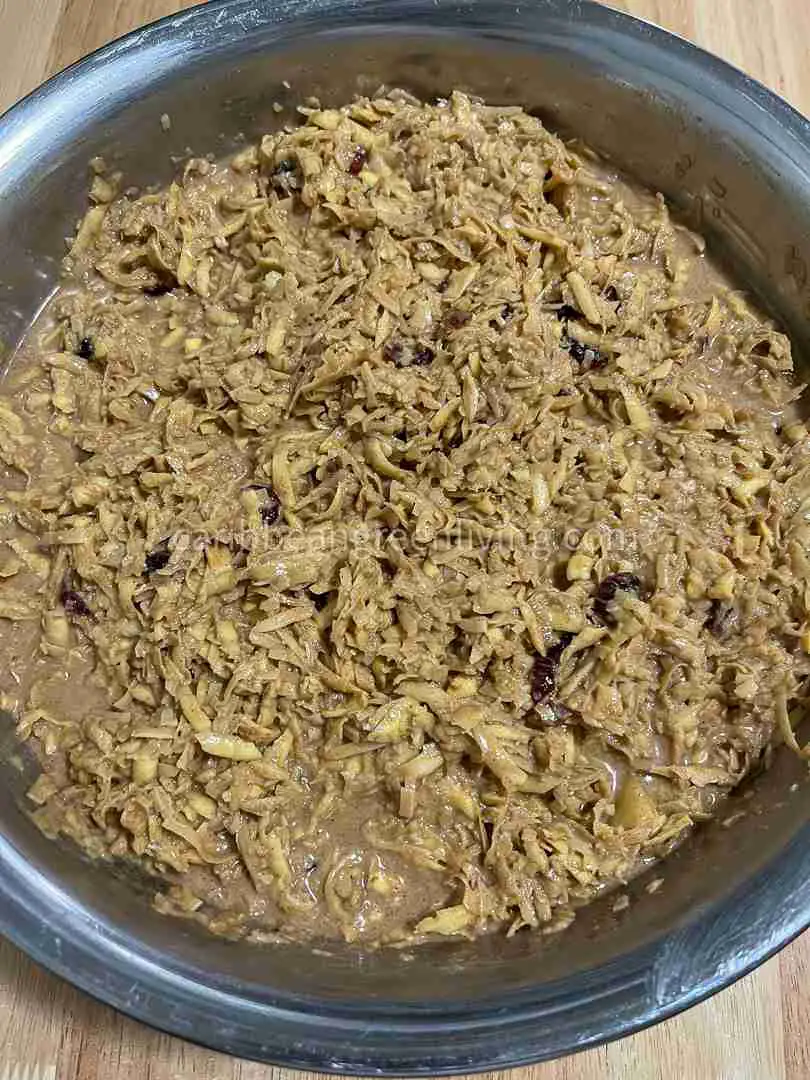
Notes & Tips for Making the Best Haitian Pain Patate
- No Food Processor? It’s okay to go old school with a box grater—just make sure you’re up for the arm workout.
- Sweet Potatoes – Which Ones to Use? Can you use any red-skinned sweet potatoes? You sure can. I’ve personally made this recipe with Caribbean sweet potatoes, Japanese sweet potatoes, and Korean sweet potatoes—and honestly? I love them all. No exaggeration. Each type adds its own unique flavor and texture, but here’s the heads-up: some varieties are naturally sweeter than others. So, if you’re using a sweeter variety, consider reducing the amount of sugar a bit to avoid making the bread overly sweet.
- Grating Style – Fine or Chunky? Totally up to you. Want a smoother, pudding-like texture? Grate your sweet potatoes finely. Prefer a little more bite and rustic charm? Go for coarse grating. The older blog photos show a finely grated version, while the newer photos feature a chunkier style made with Korean sweet potatoes. Both are delicious—just pick your vibe.
- Coconut Milk Tip: Use full-fat coconut milk for the richest flavor. Low-fat versions won’t cut it here.
- Go Fresh When You Can: Use freshly grated coconut for that authentic texture and taste. Your taste buds will thank you.
- Add More Spice: Feel free to sneak in a pinch of cloves or allspice if you like your dessert extra warm and spiced.
- What to Serve It With:
- This bread shines all on its own, but if you want to take it to the next level, serve it with:
- A scoop of vanilla ice cream
- A splash of fruit liqueur (like cherry or apricot)
- A shot of Haitian Cremas
- Some fresh fruit slices
- Or even just a warm glass of hot milk—trust me, it’s a whole vibe.


Final Thoughts
Pain Patate isn’t just a dessert—it’s a story, a memory, a slice of Haitian culinary soul. If you’ve got a couple of hours and a craving for something deeply comforting and absolutely delicious, this recipe is your ticket to a sweet Caribbean escape.
Don’t forget to share your Pain Patate pics! Tag @caribbeangreenliving or @noubess on social media and show us how you’re enjoying this soulful dessert.
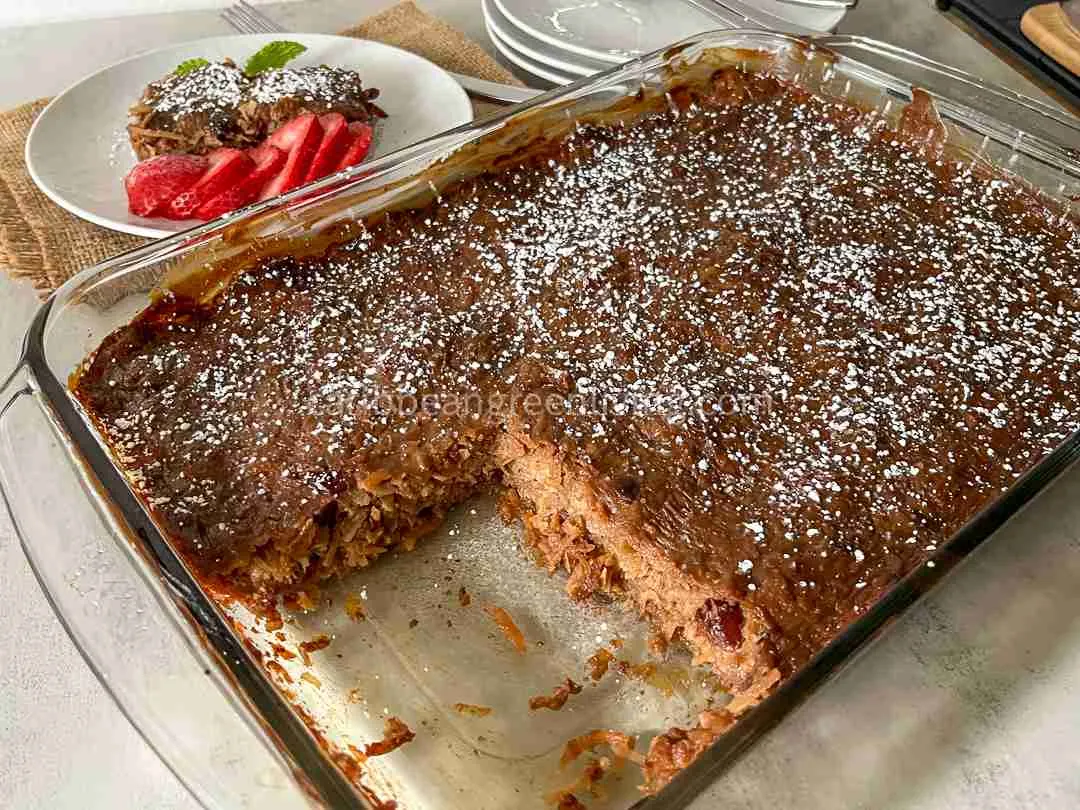

Pain Patate or Sweet Potato Bread
Ingredients
- 6 cups grated sweet white potato about 3–4 lbs
- 1½ cups freshly grated coconut from 1–2 coconuts
- 1 cup coconut milk full-fat
- 1 cup whole or evaporated milk
- 3 cups water
- ½ cup butter
- 2 cups sugar brown, white, or organic
- 1 tsp lime or lemon zest
- 1 tbsp ground cinnamon
- 1 tbsp ground nutmeg
- 1½ tbsp pure vanilla extract
- ¼ tsp salt
- ¼ tsp ground ginger
- 1 cup black raisins
- 2 ripe bananas crushed
Instructions
- Prep the Base: Peel and cube sweet potatoes. Grate them along with the fresh coconut using a food processor (or by hand if you’re feeling brave).
- Mix the Ingredients: In a large bowl, combine everything except bananas and vanilla extract. Stir well.
- Cook It Down: Transfer to a large pot and cook over medium heat for 20–25 minutes, stirring occasionally.
- Finish the Mix: Stir in crushed bananas and vanilla extract once cooked.
- Bake It Off: Spread into a greased baking dish and bake at 375°F for 40–45 minutes until golden and set.
- Cool and Serve: Let it cool before slicing. Serve warm with whipped cream or vanilla ice cream.
Notes
- Sweet Potatoes – Which Ones to Use?
Can you use any red-skinned sweet potatoes? You sure can. I’ve personally made this recipe with Caribbean sweet potatoes, Japanese sweet potatoes, and Korean sweet potatoes—and honestly? I love them all. No exaggeration. Each type adds its own unique flavor and texture, but here’s the heads-up: some varieties are naturally sweeter than others. So, if you’re using a sweeter variety, consider reducing the amount of sugar a bit to avoid making the bread overly sweet. - Grating Style – Fine or Chunky?
Totally up to you. Want a smoother, pudding-like texture? Grate your sweet potatoes finely. Prefer a little more bite and rustic charm? Go for coarse grating. The older blog photos show a finely grated version, while the newer photos feature a chunkier style made with Korean sweet potatoes. Both are delicious—just pick your vibe. - Coconut Milk Tip: Use full-fat coconut milk for the richest flavor. Low-fat versions won’t cut it here.
- Go Fresh When You Can: Use freshly grated coconut for that authentic texture and taste. Your taste buds will thank you.
- Add More Spice: Feel free to sneak in a pinch of cloves or allspice if you like your dessert extra warm and spiced.
- What to Serve It With:
This bread shines all on its own, but if you want to take it to the next level, serve it with:- A scoop of vanilla ice cream
- A splash of fruit liqueur (like cherry or apricot)
- A shot of Haitian Cremas
- Some fresh fruit slices
- Or even just a warm glass of hot milk—trust me, it’s a whole vibe.
- No Food Processor? It’s okay to go old school with a box grater—just make sure you’re up for the arm workout.
Nutrition
Please keep in mind that nutritional information is a rough estimate and can vary greatly based on the products used.
Nutrition info is automatically generated and provided as a courtesy and as an estimate only.
